With the rising prevalence of food allergies and their associated potentially fatal consequences, understanding the pathophysiology of food allergies along with their diagnosis and treatment remains a critical part of otolaryngologic practice.
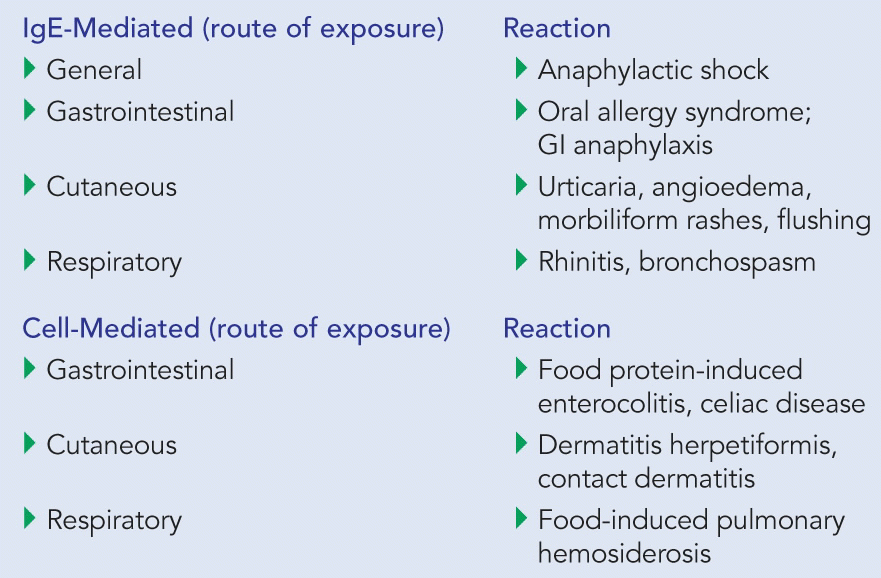

With the rising prevalence of food allergies and their associated potentially fatal consequences, understanding the pathophysiology of food allergies along with their diagnosis and treatment remains a critical part of otolaryngologic practice.

In a recent debate-style panel, five otolaryngologists addressed topical clinical issues relating to the pediatric airway ranging from adenotonsillectomy in children with obstructive sleep symptoms, to whether cidofovir should be used as a standard treatment in children with recurrent respiratory papillomas.
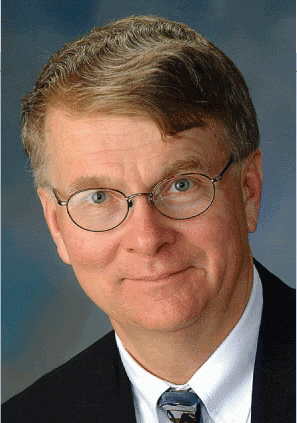
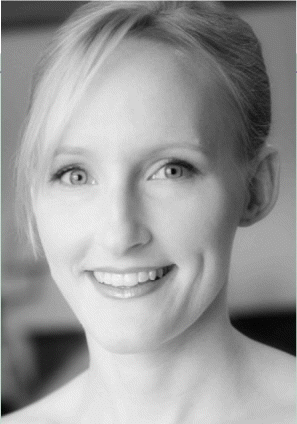
Are there racial and ethnic disparities in patients with chronic rhinosinusitis presenting for sinus surgery? According to one recent study, the answer is yes. The nasal polyp population consists of a larger portion of nonwhite patients who tend to present with worse disease, and certain subgroups have worse quality-of-life scores.
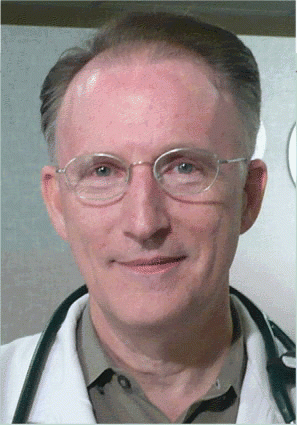
The otolaryngologists and pediatric surgeons who watched President Obama’s July 22 press conference must have been astonished to hear themselves vilified by the Health Care Reformer-in-Chief.

What needs to be in the follow-up of certain patients who have undergone treatment for thyroid cancer? Uncertainties still exist, but change is in the air. The 2009 American Thyroid Association (ATA) guidelines promise to clarify at least some issues that affect practice.
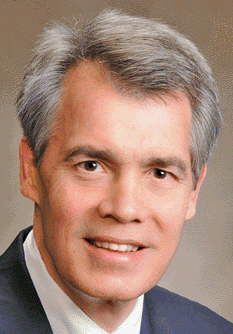
President Obama has made an astonishing discovery: We’re not producing enough primary care doctors, he recently told Congress. Although this may be news to the president’s minions, physician groups, legislators, insurers, and patients are all well aware of the dearth of generalists.
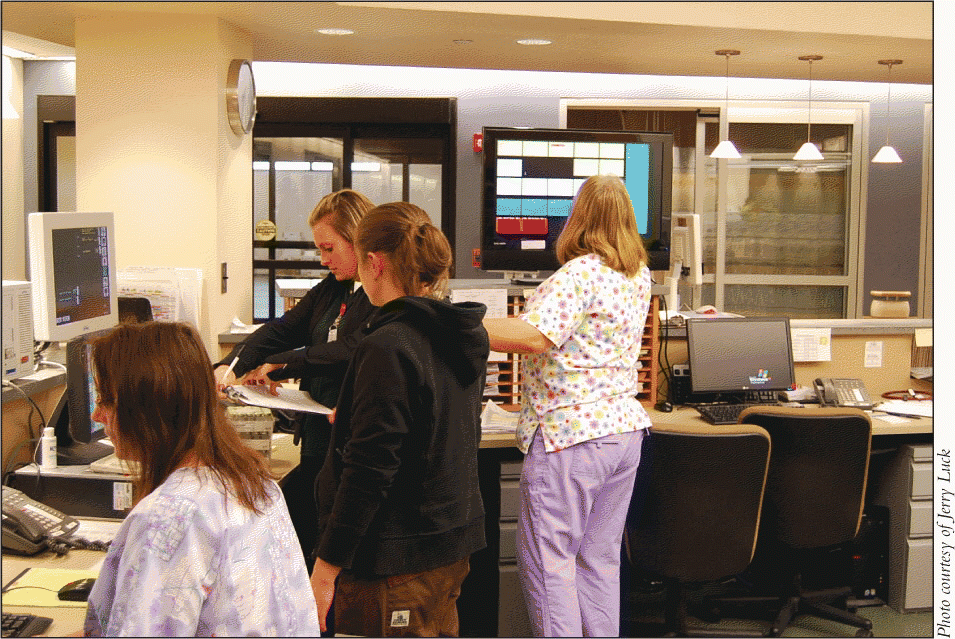
Implementing electronic health records (EHRs) for all 633,000 physicians and 5708 hospitals in the United States is a daunting task, and one that is being nudged forward by Team Obama’s $19 billion stimulus plan earmarked to help health care providers to switch to EHRs.
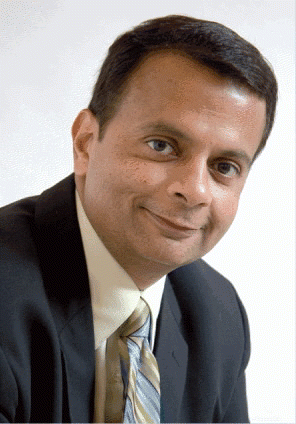
Legislators, policy wonks, and Team Obama need a serious set of online decision-support tools (DSTs) to understand, compare, and evaluate the myriad and conflicting proposals to reform health care.
The $1.1 billion earmarked for comparative effectiveness research in the economic stimulus bill passed on February 13 could be a sound investment in improving health care’s efficiency, cutting costs, and improving patient outcomes.